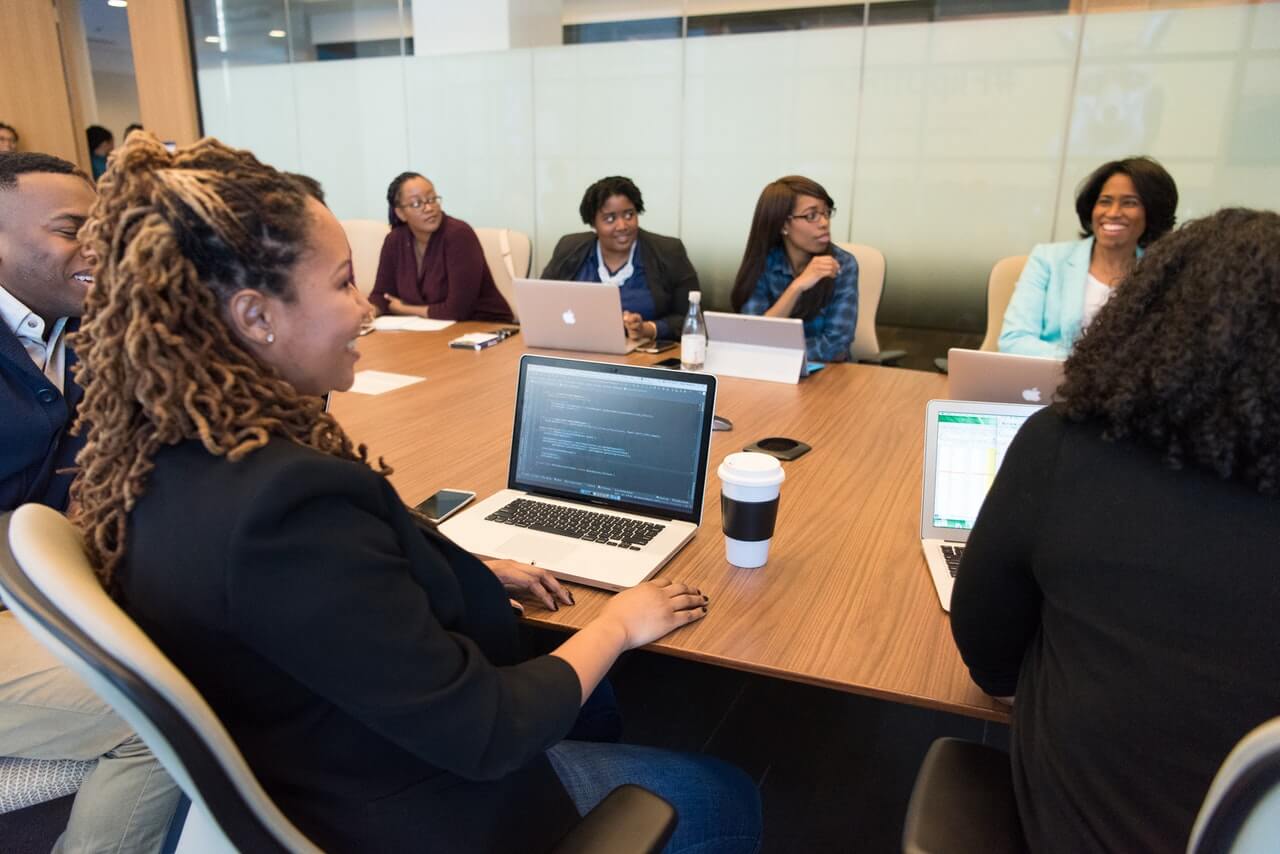Leadership is the key factor in any capital campaign – leadership that energizes the process from its onset. So, to start a campaign, the first donors must be Board Members.
These individuals must set an example with their level of giving so they have the credibility/leverage to solicit the other Board Members and so they can legitimately recruit and solicit the Campaign Chair.
Ideally, the Campaign Chair makes the largest commitment … so s/he can legitimately solicit commitments from anyone else, but it doesn’t always work out that way.
The largest donor, in any case, should be one of the first few to make his/her commitment, and should be available to lend his/her “clout” to the recruitment and/or solicitation of the top campaign leaders and (possibly) to that of some highly visible community leaders.
(Recruiting leaders includes educating them as to their responsibilities in “setting an example,” recruiting other leaders to participate in the process, asking others to make commitments of specific dollar amounts, and adhering to the campaign timetable.)
Sticking with the hospital as the example, once the Campaign Chair has signed on and made his/her commitment, s/he and (possibly) one-or-two Board Members will recruit the Hospital Family Chair. They will then work with that Chair to identify and recruit the Chairs for the “campaigns” for the Board and the Administration.
Then, with the advice and counsel of the Administration, the Hospital Family Chair will recruit and solicit the Chairs for the Medical Staff, Nursing Staff and each of the other Sub-Divisions of the Family.
When the time is right, the Campaign Chair (often with “assistance” of one or more Board Members) will recruit and solicit those individuals who have been identified as the best candidates to be Division Chairs – keeping in mind that no Division Chair should be recruited until close to the time when their “services” will actually be needed.
The Campaign Chair, the various Division Chairs, a representative of the Board (to ensure compliance with Organizational Policies) and the NPO’s CEO (to advise on matters relating to the Hospital Family and the NPO’s mission) will comprise the Campaign Cabinet – which will have total responsibility for conducting the Campaign.
[In addition, one other member of the Cabinet should be a Campaign Treasurer – a non-Organizational-Family person whose stature in the community will lend credibility to his/her oversight of Campaign income.]
=-=-=-=-=-=-=-=-=-=-=-=-=-=
Wishing you all a Happy Thanksgiving,
I’m taking a few days to do nothing more than enjoy my family.
See you next Tuesday.
=-=-=-=-=-=-=-=-=-=-=-=-=-=
Have a comment or a question about starting or expanding your basic fundraising program, your major gifts fundraising program or a capital campaign? Email me at [email protected]. With over 30 years of counseling in major gifts, capital campaigns, bequest programs and the planning studies to precede these three, we’ll likely be able to answer your questions.












